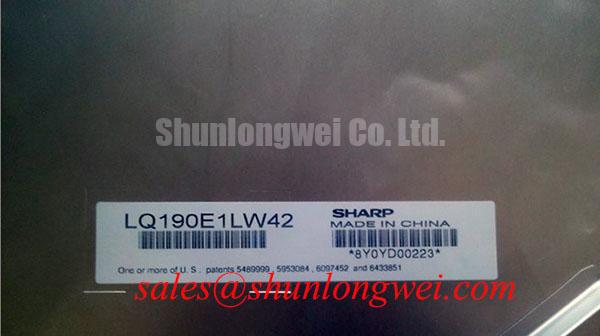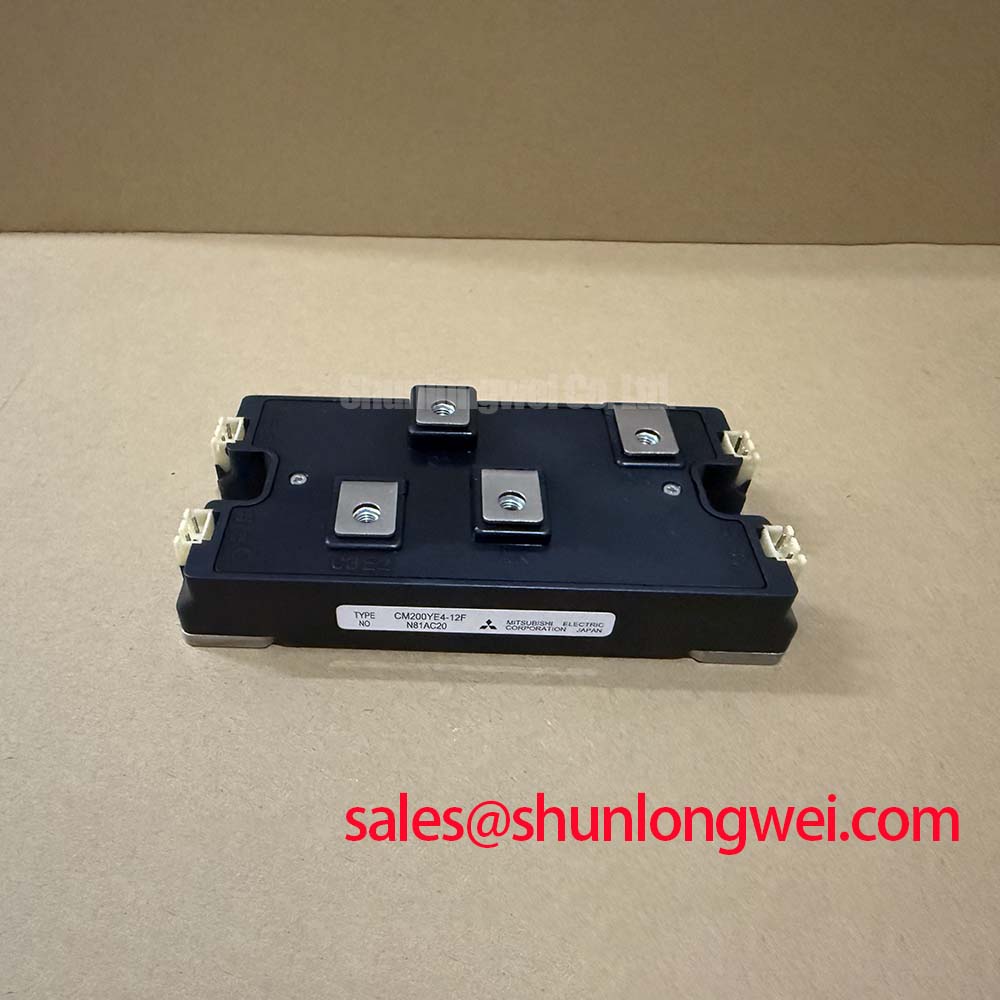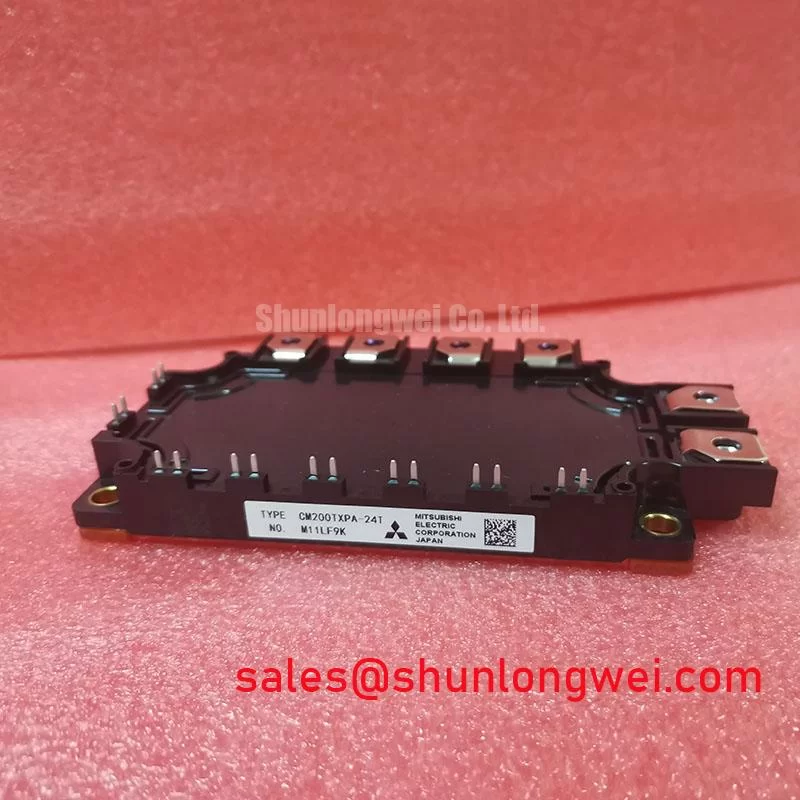Sensata D2425 | Zero-Crossing SSR for Precision Industrial Control
The Sensata D2425 is not just another solid-state relay; it's a foundational component for engineers designing robust, reliable, and noise-sensitive industrial systems. As a panel-mount AC SSR, it delivers silent, long-life operation where traditional electromechanical relays falter. It's engineered specifically for applications demanding high-precision control and exceptional electrical endurance, from industrial heating to commercial lighting systems.
Key Design Advantages of the D2425
- High-Current Switching: Confidently handles resistive loads up to 25A at 280VAC, suitable for a wide range of heating elements and lighting arrays.
- Broad Control Compatibility: A wide 3-32 VDC control input range ensures seamless integration with standard PLC, microcontroller, and other logic-level outputs without requiring additional interface circuitry.
- Zero-Crossing Technology: Inherently minimizes electromagnetic interference (EMI) and line noise, simplifying system-level approvals and enhancing the reliability of adjacent electronics.
- Superior Safety & Isolation: Features 4000 Vrms optical isolation, creating a robust safety barrier that protects sensitive control logic from high-voltage load-side events.
Technical Deep Dive: The Engineering Inside
The performance of the Sensata D2425 stems from core engineering choices that directly translate to real-world benefits. Understanding these principles is key to leveraging its full potential in your design.
Zero-Crossing Switching for Clean Power
Unlike random turn-on relays, the D2425's zero-crossing circuit intelligently waits for the AC sine wave to approach the zero-volt point before activating the output. This action dramatically reduces the sudden inrush of current and the associated conducted and radiated EMI. For engineers, this means less time and expense on external filtering, easier compliance with EMC/EMI regulations, and significantly reduced electrical stress on the load itself, prolonging its operational life. It's a critical feature for stable high-efficiency power systems where electrical noise cannot be tolerated.
Inherently Robust SCR Output
At the heart of the D2425 are two inverse-parallel Silicon Controlled Rectifiers (SCRs). This proven topology provides a significant advantage over single-chip TRIAC solutions, particularly in its ability to handle high surge currents—up to 250A for a single cycle. This inherent toughness ensures the relay survives the punishing inrush currents typical of incandescent lamp loads or the startup characteristics of some heating elements, preventing premature failure and enhancing system reliability.
Key Parameter Overview
For a detailed analysis, including performance curves and derating information, please Download the full D2425 Datasheet.
| Parameter | Value |
|---|---|
| Operating Voltage (47-63Hz) | 24-280 VAC |
| Maximum Load Current | 25A |
| Control Voltage Range | 3-32 VDC |
| Dielectric Strength (Input-Output) | 4000 Vrms |
| Turn-On Time (Zero-Crossing) | ½ Cycle Max |
| Max Surge Current (1 cycle) | 250 A |
Application Scenarios & Value Proposition
- Industrial Heating & Ovens: In temperature control systems, the zero-crossing feature provides precise, RFI-free power modulation to heating elements, ensuring stable temperatures without disrupting sensitive measurement instruments.
- Commercial & Theatrical Lighting: The D2425 offers millions of silent, arc-free switching cycles, making it a perfect replacement for noisy mechanical contactors in dimming and control panels. Its high surge rating easily handles the inrush of large incandescent arrays.
- Simple AC Motor Control: For basic on/off control of small conveyors, fans, and pumps, the SSR's solid-state design provides vastly superior reliability compared to mechanical relays, which are prone to contact wear and failure in high-cycle applications. This is a crucial element in systems ranging from automation to robotic servo drives.
Engineer's FAQ
What is the importance of the included thermal pad?
The thermal pad is a critical interface component. It's designed to fill microscopic air gaps between the SSR's baseplate and the heatsink. This ensures low Thermal Resistance and efficient heat transfer away from the internal SCRs. Proper use of the pad is essential to reach the 25A nominal rating and guarantee long-term reliability.
Is the D2425 suitable for controlling large inductive loads like transformers or large motors?
The standard D2425 with zero-crossing is optimized for resistive loads like heaters and lights. For highly inductive loads, a "random turn-on" SSR (like the Sensata D2425-10) is the appropriate choice. A random turn-on relay activates immediately upon receiving the control signal, which is necessary to ensure proper control of inductive loads and prevent issues like half-waving. Choosing the correct switching type is fundamental to a successful design.












